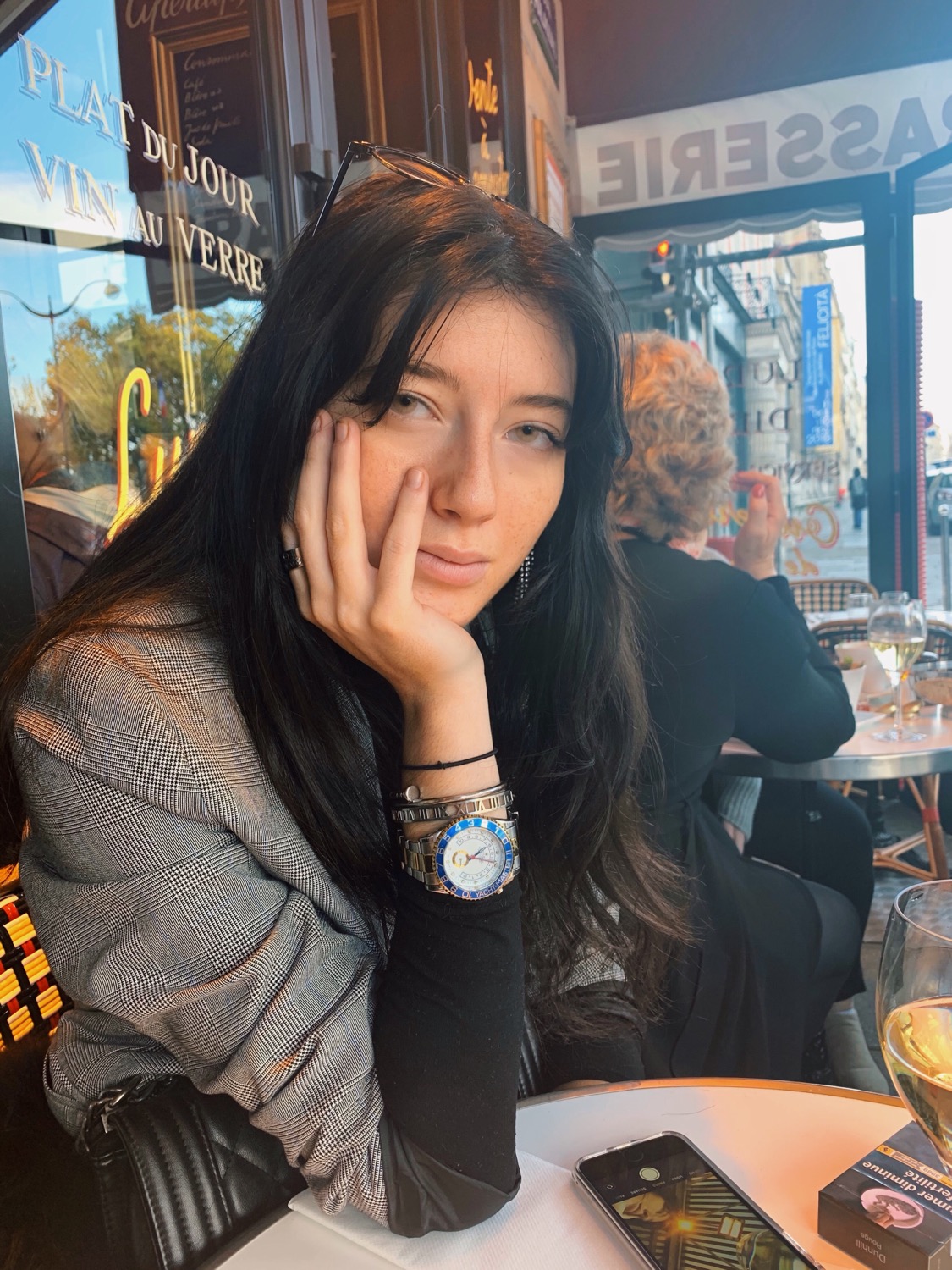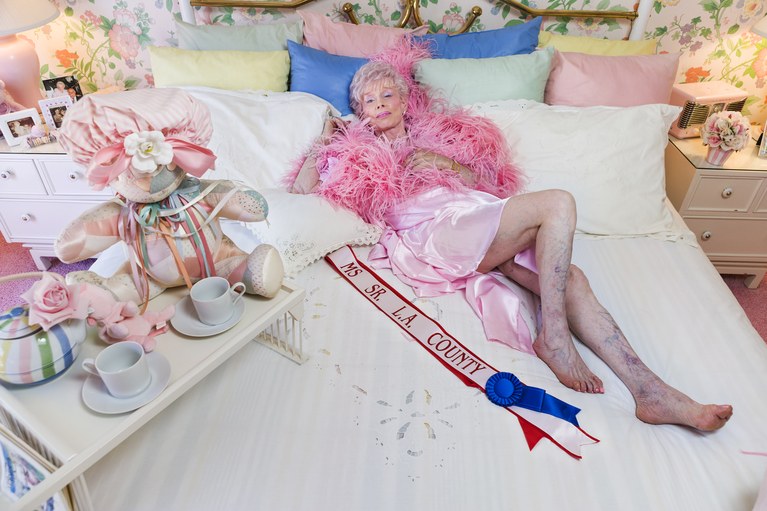LAUREN GREENFIELD'S 'GENERATION WEALTH' CAPTURES THE LAMENT BEHIND THE LUXURIES
- Victoria Comstock-Kershaw
- Dec 7, 2019
- 4 min read
Lauren Greenfield's monograph is the fruition of a twenty-five-year inquiry into the "influence of affluence" that explores and exhibits the caveats and clauses of luxury lifestyles with captivating vivacity and bone fide brilliancy. writes Victoria Kershaw.

The representation of material-based status is nothing new: from pyramids to parlour portraits, societies across the globe has always been obsessed with showcasing and exhibiting the tangible riches of their wealthiest. Greenfield's photography takes this a step further: Generation Wealth documents the desire not only to show off wealth but the desire to amass it through photos, interviews, and articles written by the photography subjects themselves. The world of the rich is exhibited through the glossy, colour-soaked lens of a woman fascinated by both diversity and exclusivity, liberalism and materialism, substance and superficiality with astounding nuance, depth and vitality.
One of the most impressive aspects of Greenfield's work is the sheer scope of the timeframe: the creation of the book involved picking from just under three decades of photos, entailing the sort-through of half a million old photos and the taking of 50,000 more. The curation is truly excellent: aided by Trudy Wilner Stack (known for her work on the elusive Winogrand 1964 monograph), the book does not group by location or time, but by theme. This creates a seamless yet captivating narrative for the reader to follow: chapter names like "The Cult of Celebrity", "New Aging" or even "Bling Dynasty and New Oligarchy" are clear examples of the intelligent ways in which Greenfield has grouped her work.
Her signature titled wide-lens and high-contrast/high-saturation style of photography details the impact of a rapidly degrading socioeconomic landscape on cultural, familial, and individual status across every single aspect of society: from the new-money 90s magnates of Mexico and Russian, to the pre-Kardashian Jenners of the early 2000s, to the private island antics of French aristocracy in the 80s, there isn't a slice of the 1% that isn't touched upon. Children, men and women are all subjected to Greenfield's specific style of critique: wall street tycoons, botox-filled housewives, beauty pageant daughters all grace the pages of the monograph. The bright colours and bolstered textures of Greenfield's photography is simultaneously a direct reflection and an ironic mockery of what the subjects are trying to desperately to achieve and exude.

"Our desire to consume has in turn consumed us." said Greenfield in an interview with Vogue last year. The books' interviews and articles certainly work as a critique of corporate capitalism: from the heart-breaking interviews of 13 year olds with nutritionists and personal trainers to the bleakly disconnected confessions of a Wall Street psychologist, there is an overarching tone of unachievability that connects the text accounts. Her interactions with celebrities in particular offer a genuinely jarring look at just how deep the "fake it til you make it" rabbit hole goes. Limo Bob's interview is simultaneously entertaining and eye-opening: lounging in a racoon-fur coat gifted to him by Mike Tyson, Limo speaks of his admiration for Trump's love of gold and his own personal fleet of chandelier-equipped Limousines in the same breath that he admits to be scared of never being seen as anything more than "the crazy guy with the gold". This emptiness in the face of super-richdom is a central theme of both Generation Wealth's texts and the photographs. From megastar Carrie Fisher, who fears the day that Princess Leah will be "on her tombstone", to 12 year old Emanuel, who saves up to buy designer items to impress his friends at Harvard-Westlake, the expression of personal and spiritual vacuity despite financial success is ever-present.
Behind the flashing lights and botox smiles there is something overwhelmingly sad to Greenfield's work: we are lulled into a false sense of security through the excessive amounts of luxury and glamour, but the more time we spend with the books' subjects, the worst we feel. Generation Wealth encourages us to look beyond the sparkle and shine of million-dollar mansions and designer handbags and to examine just how much has been lost in the scramble for their acquisition. To call the book a celebration of wealth would be to fundamentally misunderstand it: Greenfield lets us see what the subjects want us to see - the flashy cars, the flawless faces, the fancy parties - but it's really their confessionals that expose the truth behind their lives. Nobody seems truly happy, bits and pieces of the texts mingled with the details of the high-contrast photos to create an intangible sense of unfulfillment that, at first, seems incompatible with the vast amounts of material goods and unattainable activities. But every interview piece seems to follow a certain pattern: braggado followed by a sobering moment of self-realisation. "Money does not make you happy," concludes David and Jackie Seigal's interview, "but you can be unhappy in a good section of town."
This contrast between the beautiful and the sad is what makes Greenfield's work so truly brilliant. There is both sympathy and reality in her depictions; the bright colours and beautiful subjects are a gateway to a bleak and endless slog of infinite financial gain and unachievable lifestyle. Perfection seems to be always out of reach for those with everything, and Generation Wealth is a bitingly intelligent look into the causes and consequences of the self-realisation of the super-rich.
























